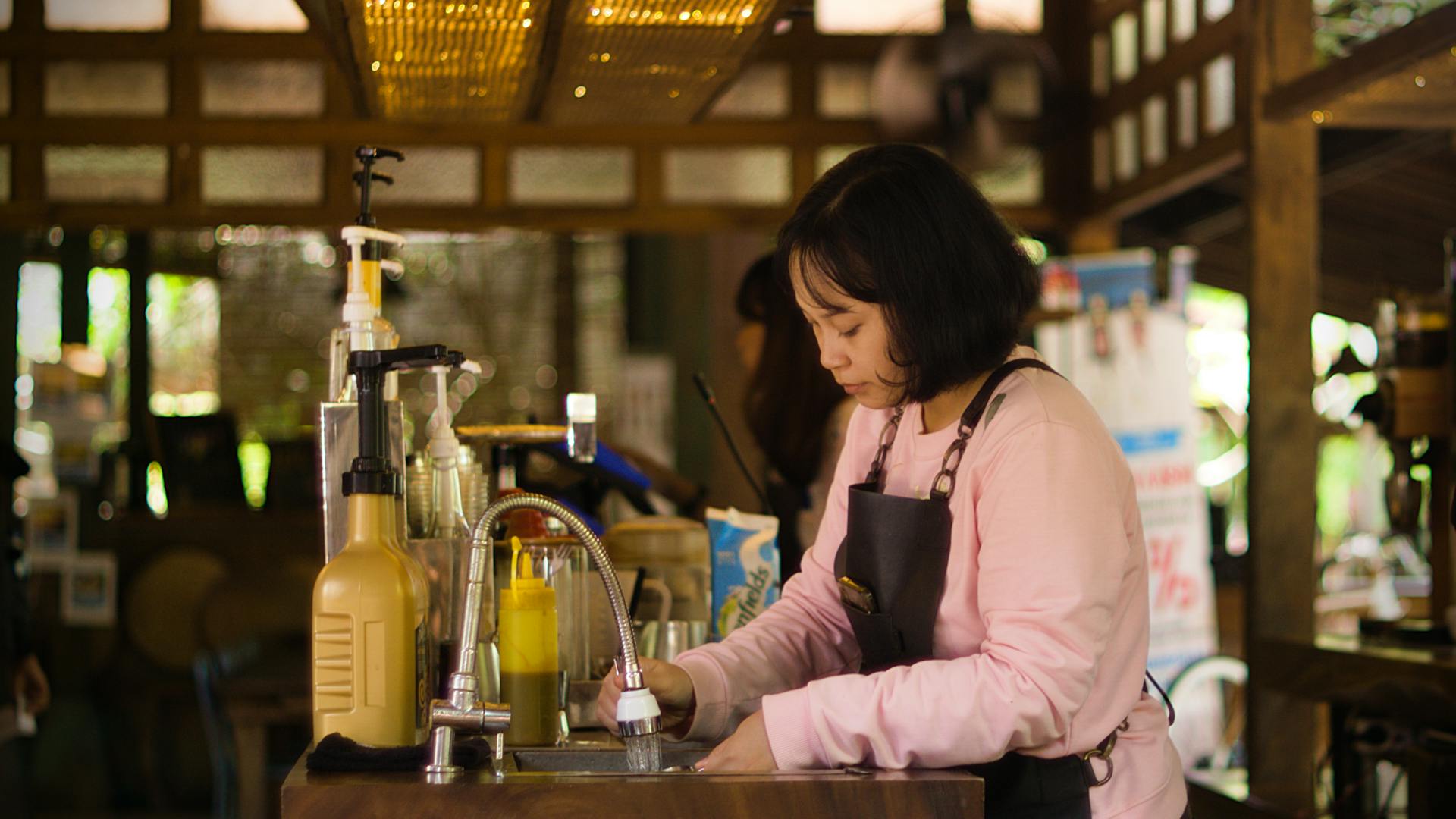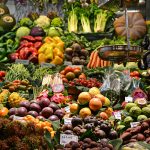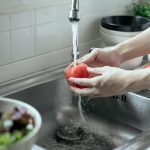Transform your kitchen into a hub of vitality with a hydration station designed to support your weight loss journey. Staying hydrated is often overlooked, yet water plays a vital role in metabolism and appetite regulation. This step-by-step guide navigates you through creating an efficient and attractive hydration area in your kitchen. With practical tips and creative ideas, you'll foster healthy habits while enhancing your cooking space's aesthetic. Get ready to turn hydration into a deliciously simple daily ritual that fuels your goals!
Understanding Hydration and Weight Loss
Hydration plays a crucial role in weight loss and overall health. Water is essential for various bodily functions, including metabolism, which directly impacts weight management. Proper hydration can enhance metabolic processes, aiding in the efficient breakdown of fats and the regulation of appetite. When well-hydrated, the body can better distinguish between hunger and thirst, reducing unnecessary calorie intake.
Topic to read : Step-by-Step Guide to Crafting a Stunning Visual Nutrition Display for Your Kitchen
Daily hydration requirements differ based on factors like age, activity level, and climate. Generally, adults are advised to consume around 2 to 3 litres of water daily. However, those engaging in physical activity or living in warmer climates may need more to compensate for fluid loss through sweat. It's crucial to listen to your body's signals and adjust your intake accordingly.
There are several misconceptions surrounding hydration and weight loss. One common myth is that drinking water directly causes weight loss. While water alone doesn't burn fat, it supports weight loss by promoting satiety and replacing high-calorie beverages. Another misconception is that all fluids contribute equally to hydration. In reality, caffeinated or sugary drinks can have diuretic effects, potentially leading to dehydration. Understanding these nuances can help in making informed decisions about hydration and weight management.
Additional reading : Step-by-Step Guide to Building a Kitchen Hydration Station for Effective Weight Loss
Designing Your Kitchen Hydration Station
Creating an efficient hydration station in your kitchen involves thoughtful planning and organization. Essential elements include containers like water bottles or pitchers, and tools such as a water filter or dispenser. Accessories like fruit infusers can enhance your water's flavour, encouraging increased intake.
When considering your kitchen design, focus on maximizing space and accessibility. Store your hydration tools and containers within easy reach, perhaps near the refrigerator or sink. This encourages regular use and simplifies the process of refilling and cleaning.
Selecting the right location for your hydration station is crucial for its optimal use. Position it in a high-traffic area of your kitchen, where you'll naturally pass by throughout the day. This strategic placement serves as a constant reminder to stay hydrated, seamlessly integrating hydration into your daily routine.
For organization tips, consider using a dedicated shelf or a small cart to keep everything tidy and in one place. Clear containers can help you quickly assess your water supply, while labels can aid in maintaining order. By establishing a well-organized hydration station, you support your health goals with ease and efficiency.
Tools and Materials Needed
Creating an effective hydration station requires the right hydration tools and kitchen essentials. Start with a reliable water bottle or pitcher. Look for options that are easy to clean, durable, and perhaps insulated to keep your water cool. Brands like Hydro Flask and Brita offer popular choices. A water dispenser can also be a convenient addition, especially if it includes a filter to ensure clean and refreshing water.
For those who enjoy a bit of flavour, consider infusion tools. These allow you to add fruits and herbs to your water, enhancing taste without added sugars. Infusers can be found as separate devices or built into water bottles and pitchers.
Incorporating technology can further support your hydration goals. Apps such as WaterMinder or Hydro Coach help track your daily intake, sending reminders to drink more water. Some smart bottles sync with these apps, providing real-time data on your consumption.
When assembling your materials list, include these essentials to ensure you have everything needed to maintain optimal hydration. By equipping your kitchen with the right tools, you make staying hydrated a seamless part of your daily routine.
Maintaining Your Hydration Station
Establishing a reliable hydration station is only the first step; maintaining it is equally important. Regular cleaning and sanitizing of your tools, such as water bottles and pitchers, ensures that your water remains fresh and safe. Aim to clean these items daily and deep clean weekly, focusing on areas that come into contact with water frequently.
To foster consistent hydration habits, consider setting reminders. Use apps or alarms to prompt you to drink water throughout the day. Building a routine around your hydration station can seamlessly integrate water consumption into your daily life. For instance, make it a habit to fill your bottle every morning and take sips during breaks.
Adapting your hydration station to seasonal changes and personal preferences can enhance its effectiveness. In warmer months, keep your water cool by using insulated containers or adding ice. During colder seasons, consider incorporating herbal teas to maintain hydration. Customizing your station to suit your tastes can make drinking water more enjoyable and encourage regular intake. By following these hydration tips, you can ensure that your station remains a valuable tool in supporting your health goals.
Integrating Hydration into Your Diet Plan
Integrating hydration into your diet plan can significantly enhance your healthy habits and support weight management. By aligning your water intake with your nutrition tips, you can create a balanced approach to achieving your health goals.
One effective strategy is to pair hydration with healthy eating practices. Begin each meal with a glass of water to promote satiety and prevent overconsumption. Additionally, include water-rich foods such as cucumbers, oranges, and lettuce in your meals. These not only contribute to your daily water intake but also provide essential nutrients.
Incorporating hydration into your daily meals and snacks can be simple and enjoyable. Consider preparing a pitcher of flavoured water to keep in your fridge. Add slices of citrus fruits, berries, or herbs like mint for a refreshing twist. This not only enhances the taste but can also encourage you to drink more throughout the day.
For those seeking inspiration, there are numerous resources and recipes available for creating flavoured water. Experiment with different combinations to find what suits your palate best. By making hydration a part of your diet plan, you foster a sustainable and enjoyable path to better health.






